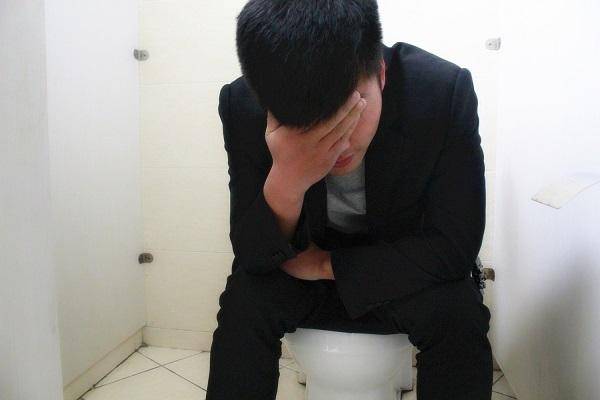The word testosterone may be more familiar to male fitness enthusiasts. In daily life, we often hear many fitness-oriented men talking about “boosting testosterone.” Many men seek various ways to improve their physical condition in order to enhance their testosterone levels.
Some men may feel that if they don’t exercise, they don’t need to worry too much about testosterone. However, testosterone is closely related to men’s health, and when testosterone secretion is insufficient, visible abnormalities can occur in men. Once noticed, it is important to find ways to adjust the body promptly to prevent excessive damage due to low testosterone.
Low testosterone in men manifests in four ways and should be taken seriously:
1. Lean physique and lack of strength:
Testosterone is a common pursuit among fitness enthusiasts, and some even resort to external testosterone to stimulate their bodies. The correlation between testosterone and muscle growth plays a significant role. Insufficient testosterone secretion leads to muscle atrophy and a frail appearance. Many middle-aged men experience muscle loss and decreased strength after the age of 50 due to reduced testosterone secretion.
2. Insomnia and night sweats:
Testosterone secretion impacts our nervous system, leading to reduced nerve function. This can result in insomnia, a common issue for many middle-aged men who struggle to fall asleep at night and feel drowsy during the day. Additionally, night sweats may occur, causing a feeling of heat throughout the body while sleeping, resulting in waking up covered in sweat.
3. Decreased libido and male function decline:
Testosterone, an essential hormone secreted by the testes, directly influences male physiological characteristics. Inadequate testosterone levels can lead to a significant decrease in libido, sexual indifference, and potentially issues like erectile dysfunction, premature ejaculation, low sperm count, and male infertility, directly affecting male reproductive capabilities.
4. Decreased bone density:
Reduced testosterone levels in men can lead to continuous decrease in bone density. Over time, men with low testosterone are more prone to developing osteoporosis, leading to fragile bones. Personal strength and endurance decrease, often causing back pain and a higher risk of bone fractures after falls.
These four manifestations of low testosterone are most common in men. If men experience any of these issues, seeking medical attention promptly is crucial. Typically, hormone panel testing is recommended to identify underlying problems effectively.
What should men over 50 pay attention to regarding inadequate testosterone secretion?
1. Choose nutrient-rich foods:
To stimulate testosterone secretion, men should consume a diet rich in nutrients, primarily high-protein and zinc-rich foods. Foods like eggs, milk, lean meats, oysters, and shellfish are nutrient-dense options that can be increased in daily consumption to support overall nutrition.
2. Engage in lower-body training:
For testosterone secretion, lower-body training, especially lower-body strength training, is essential. Exercises like squats and weighted squats can be beneficial. Lower-body strength training promotes blood circulation in the lower limbs, stimulates testosterone secretion from the testes, and as they say in the fitness community, neglecting leg training in workouts leads to regrets.
Inadequate testosterone secretion in men is not just a hormonal issue; it affects our nervous system, muscles, and bones and has a significant impact on overall health. It is essential to take it seriously and address accordingly.


